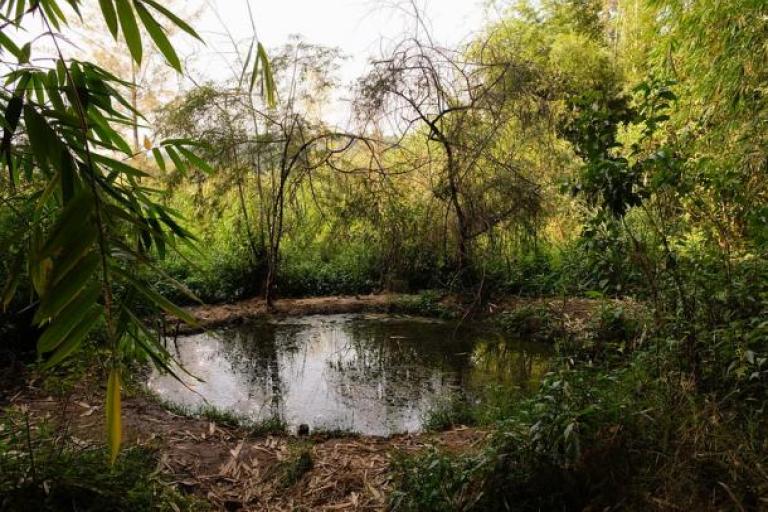CREWS East Africa Project Launch
The US$ 7 million Climate Risk and Early Warning Systems’ (CREWS) East Africa project launched officially in Kigali, Rwanda, at an event from 12-16 June, which included the project’s first steering committee meeting and technical inception workshop. A notable outcome of the workshop was that none of the project countries reported that they had a fully developed and operational Multi-Hazard Early Warning System (MHEWS) that ensured that end-to-end early warnings reach the most vulnerable up to the last mile. The four-year project, which aligns with the global Early Warning for All initiative, will scale up Early Warning Services (EWS) by building national and regional capacities to provide impact-based, people-centred weather predictions and warnings, specific to national and local context, for support of the timely implementation of anticipatory actions.

More than 60 representatives of the National Meteorological and Hydrological Services (NMHSs) and National Disaster Management Offices (NDMOs) of the project countries – Burundi, Kenya, Rwanda, South Sudan, Tanzania and Uganda – gathered for the event. The three CREWS project implementing partners – WMO, United Nations Office for Disaster Risk Reduction (UNDRR) and the World Bank – were also represented.
The official launch was hosted by the Rwanda Meteorological Agency on the morning of 12 June. The half-day launch was followed by the Project Steering Committee (PSC) meeting which decided on the roles and responsibilities of members and the frequency of meetings then reviewed the high-level project activities and objectives. The Steering Committee discussed high-level challenges:
- The need to align national and regional activities and to leverage existing capacities in order to maximize shared value
- The need to integrate projects, investments and capacities in the region for effective implementation
- The importance of the implementation of last-mile EWS activities and for preparedness for timely action on the ground.




The technical inception workshop, over the next four days of the event, took a bottom-up approach to co-design tailored, fit-for-purpose work plans for the next four years. The beneficiary countries outlined the current gaps, challenges and priorities in their NMHSs for the implementing partners. To complement the discussions, the implementing partners hosted working sessions in the areas of forecasting and early warnings, socio-economic cost benefits, mainstreaming gender inclusion, monitoring and evaluation, Impact-Based Early Warning Services (IBEWS) and user engagement, risk knowledge and more. Further presentations covered the WMO Integrated Global Observing System (WIGOS), which aims to improve the observational capacities of NMHSs, and the WMO Information System 2.0 (WIS 2.0), which aims to improve NMHSs data exchange capacities.
There were many noteworthy takeaways from the discussions and presentations:
- Forecasting and early warning capacities must be improved on par across the region
- Multi-hazard early warning systems (MHEWSs) that cover various natural phenomena and their related risks are needed
- International data exchange and WIS implementation need be addressed
- Cooperation and collaboration between NMHSs and NDMOs must improve in order to better integrate risk data in early warnings
- Human resource capacity development is required in all areas, but most urgently in forecasting and for the operation and maintenance of observing networks
- Sustainable funding to preserve the longevity of the systems implemented during the project must be identified and sought from the outset
- User engagement and public awareness of EWS must be improved.
Several next steps to ensure successful implementation of the project were identified, with the first being individual consultations with the beneficiary countries to develop detailed workplans for validation ahead of the commencement of activities.
Activities being undertaken through the project are aligned with CREWS value propositions and core programme indicators, which will demonstrate the concrete impacts of the project. Two project countries – South Sudan and Uganda – are among the 30 countries chosen to pilot and fast-track the Initiative.
- Region:
- Region I: Africa


